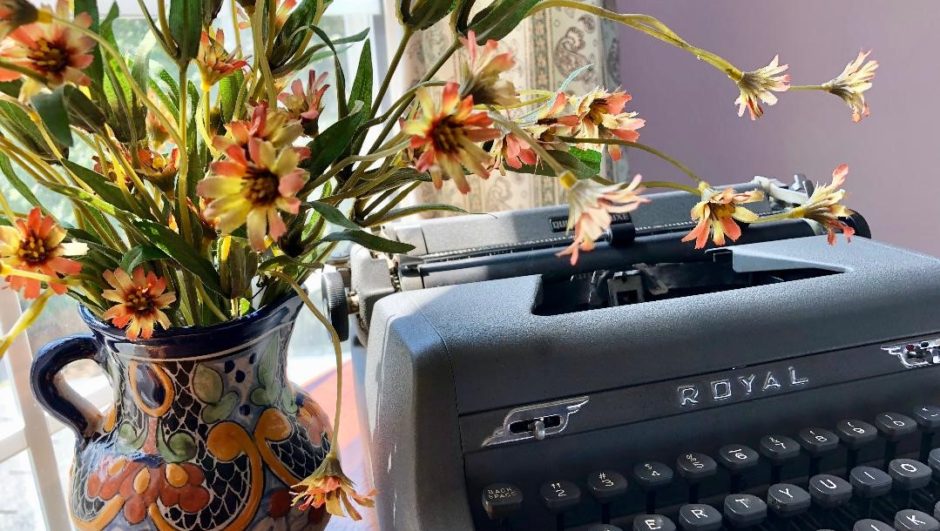
Mention Amazon Warrior Women, and you may think I am referring to Wonder Woman of the DC Comic Series.
However, recent archeological evidence now substantiates the previous existence of such a group.
The Amazon women were profiled in stories told by the Greeks in approximately 700 B.C. and described as fierce horseback riding warriors who rode undaunted into battle while wielding their war bows. Their fame was further cemented when the Greek poet Homer included them in his epic, The Iliad.
Within the last month, archeologists unearthed a grave filled with the remains of four female warriors buried with their cache of spears, arrowheads, and horseback riding equipment – almost identical to the descriptions of the Greek stories.
The location of the burial site is in present-day western Russia, on the steppes, very near to where the Greeks believed the Amazons lived.
The remains have been identified as female Scythian nomads buried approximately 2,500 years ago. The women range in age from early teens to women in their forties, indicating that girls were trained young to become warriors.
But today, there is a new category of Amazon Warrior Women.
There are indigenous women warriors in the Amazon rainforest of Brazil fighting to preserve the legacy of the forest.
This effort is being spearheaded by Ajareaty Waiapi, a female chief, working to alert the world of alarming deforestation and the critical need to preserve the health of our planet.
Ajareaty Waiapi’s village lies in the remote northeastern region of Brazil, in the state of Amapa, close to French Guiana. Her people, who only in recent times have come in contact with outsiders, have lived for countless generations as stewards of the Amazon.
With knowledge passed down from elders, Ajareaty knows the medicinal value of the Amazon plants that surround her. She also possesses the acute understanding that as outsiders come to burn off the trees for illegal cattle farming and push the indigenous people off their ancestral lands for profitable mining, the rainforest is in great peril of survival.
Not formally educated as a child, Ajareaty enrolled in school at age 59 to learn Portuguese, so she could converse in the language of the white man and appeal to them about the plight of the forest.
Lest you think that this is Brazil’s problem, might I remind you that the Amazon Rain Forest produces 20 percent of the oxygen for our planet and is often referred to as the ‘lungs of Earth.’ Without the trees of the rain forest, our climate change could become truly catastrophic.
According to the renowned biologist, Mark Horn, the Amazon forest helps maintain Earth’s water cycle by producing large quantities of rainfall every year. Moisture from the Amazon influences rainfall as far away as Central America and the western United States.
And, the Amazon is home to more plant and animal species than any other terrestrial ecosystem on the planet, including at least 40,000 plant species, 2.5 million insect species, 2,200 fishes species, and 427 mammal species. One in five of all bird species lives in the Amazon rainforest.
But the land of the Amazon is lucrative for hunters, cattle farmers, loggers, and miners.
And no one knows that better than the current Brazilan government.
Ajareaty has spent the last few years traveling outside the forest, speaking to influential groups in Germany and the Netherlands in the hopes of raising support to save the Rain Forest. Male chiefs from her area have also traveled abroad to the United Nations in New York City to ask for international assistance.
While back home, Ajareaty dons the traditional red skirt of her village, rubs her face and arms with a paste she makes from seeds of the achiote bush to protect her from the sun and insects.
She travels throughout the jungle, checking on neighboring villages and teaching her adult daughter and other women the importance of saving the trees.
“If the forest is gone, people will also end. I am fighting for future generations.”
A true warrior.
If you enjoyed this month’s story and are not yet a follower of the blog, please sign up on the right side so you can be counted as a follower of Strong Women. In addition to blogging about Strong Women, I have three published novels about the Strong Women of the Canavan family from Philadelphia. The link is www.amzn.com/1940553091. The titles are Cut From Strong Cloth, Last Curtain Call, and Counting Crows.
~ Linda

Love the new format
Thanks, Alex!
Linda,
I enjoyed your visit to Regency Women’s club. I purchased the two books you had published at that time. Last Curtain Call touched my heart. I will be leading a discussion of that book at my book club of 12 women in April. I have just bought the new book. I am looking forward to reading it.
Thanks, Nancy. I hope you enjoy Book 2 and 3 just as much!
linda:)
Thank you, Nancy, for your kind words. It keeps me researching and writing!
linda:)
I am an Amazon Warrior woman who looks to the recovery of the planet through responsive and responsible stewardship by the human species of animals. We have divine gifts. Time to use them.
Oh, Anne, I couldn’t agree with you more! Right now in light of the coronavirus, I looked right away to see how the Amazon area had been affected. Glad to have you as a reader!
linda:)